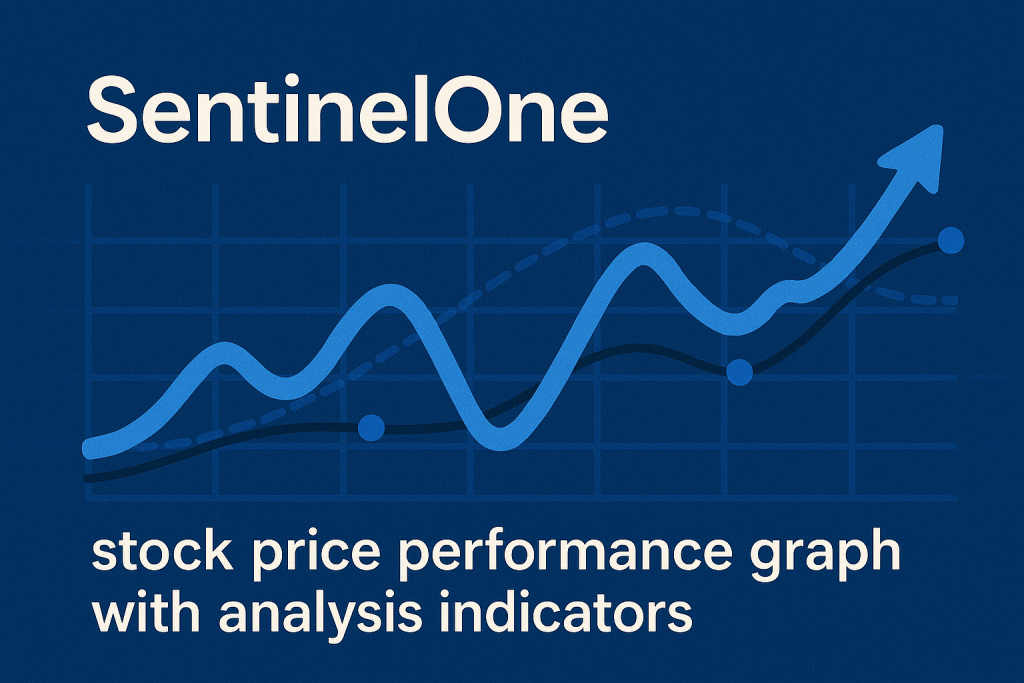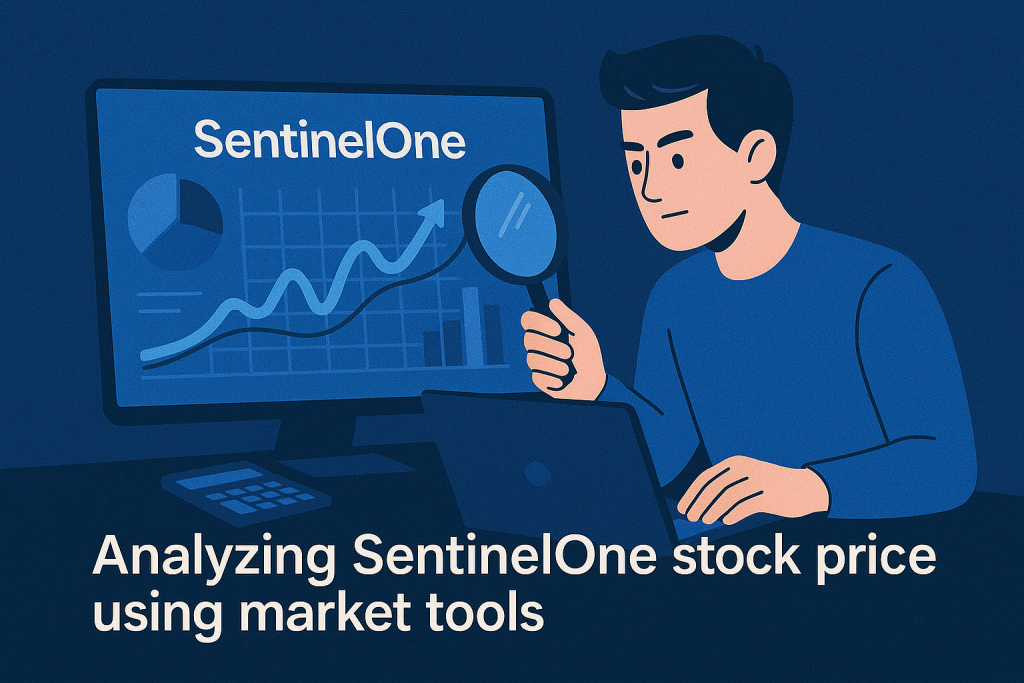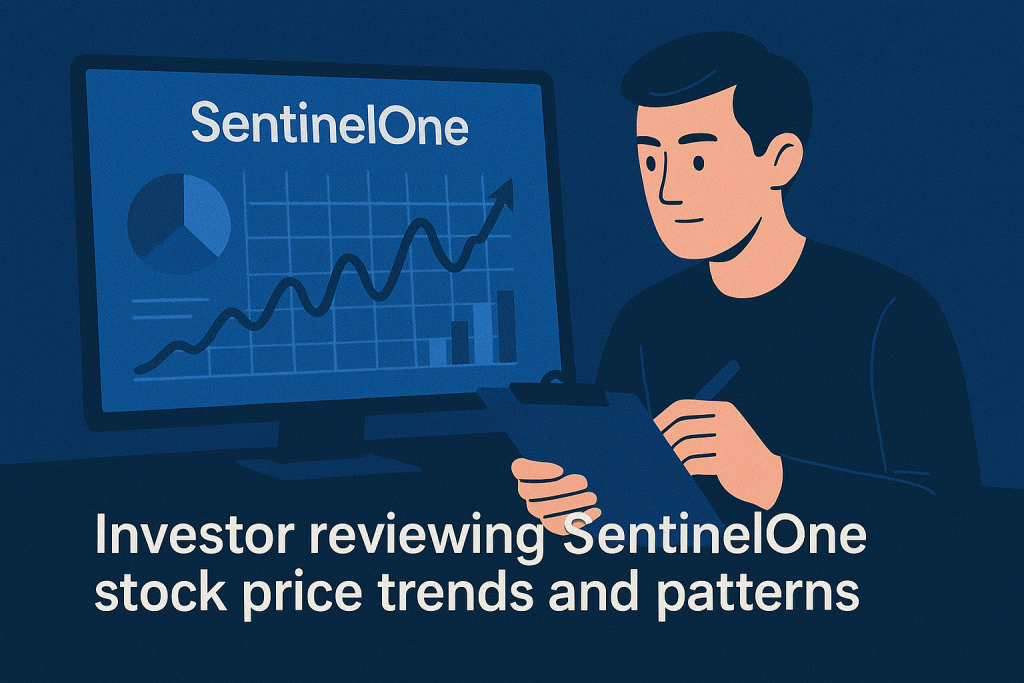When it comes to analyzing the SentinelOne stock price, understanding key metrics and expert insights can give investors a competitive edge. SentinelOne, traded under the ticker symbol NYSE:S, has emerged as a significant player in the cybersecurity sector. Its stock has attracted attention due to its growth potential and volatility in the tech-heavy market.
In this guide, we’ll provide a step-by-step tutorial on analyzing SentinelOne stock price to help you make informed investment decisions. Whether you’re a beginner or an experienced investor, mastering stock analysis techniques can enhance your portfolio. This guide will empower you to identify trends, assess forecasts, and evaluate its future potential.
Materials or Tools Needed
To analyze SentinelOne stock price, you’ll need access to certain tools and resources. Below is a table of what you’ll need:
| Materials/Tools | Purpose |
|---|---|
| Online Broker Platform | To access real-time prices and execute trades |
| Analyst Ratings Resources | To review forecasts and expert opinions |
| Stock Analysis Tools (e.g., TradingView) | For technical charting and identifying patterns |
| Financial News Platforms | To stay updated on SentinelOne-related developments |
Step-by-Step Guide to Analyzing SentinelOne Stock Price
Step 1: Understand SentinelOne’s Business Model

Start by familiarizing yourself with SentinelOne’s core business. SentinelOne is a cybersecurity company specializing in endpoint protection and AI-powered solutions. By knowing what drives the company, you can better understand its financial performance and growth potential.
- Explore the sectors SentinelOne operates in, like cybersecurity and AI.
- Investigate major competitors to gauge its position in the market.
- Review key growth indicators such as client acquisition rates and revenue growth trends.
For instance, SentinelOne’s strategic focus on cloud-based solutions positions it favorably in a rapidly expanding market. Additionally, recent analyst reviews highlight its ability to capture more market share, which directly impacts stock valuation.
Step 2: Evaluate SentinelOne Stock’s Historical Performance
Use tools like TradingView or historical data from MarketBeat to track the stock’s past performance. Historical trends can provide valuable insights into market sentiment and volatility.
- Review its IPO price and how it has fluctuated since entering the market.
- Compare its performance during major economic events, such as tech booms or market crashes.
- Identify seasonal or sector-specific patterns that influence SentinelOne’s price movements.
For example, SentinelOne experienced rapid growth post-IPO but faced challenges during broader tech sector downturns. Analyzing these patterns helps investors anticipate future performance under similar conditions.
Step 3: Analyze SentinelOne’s Financial Forecasts and Ratios (150 Words)
Look at financial data such as earnings reports, profit margins, and revenue projections. Resources like Benzinga or StockAnalysis are great for understanding key financial metrics.
- Focus on price-to-earnings (P/E) and price-to-sales (P/S) ratios.
- Assess revenue growth rates compared to industry averages.
- Review earnings projections from analyst ratings.
SentinelOne’s robust revenue growth has been a consistent highlight in its stock performance. Analysts predict continued expansion, making it an attractive choice for long-term investors. However, higher P/S ratios may indicate overvaluation risks, especially for short-term traders.
Step 4: Conduct Technical Analysis Using Charting Tools

Charting tools like TradingView can reveal trends and patterns that guide trading decisions.
- Use moving averages (e.g., 50-day and 200-day averages) to detect bullish or bearish trends.
- Identify support and resistance levels to predict potential price reversals.
- Check momentum indicators like the Relative Strength Index (RSI) for overbought or oversold signals.
For example, when SentinelOne stock price approaches a resistance level, it might face downward pressure unless a breakout occurs. Technical analysis is crucial for spotting these critical price zones.
Step 5: Incorporate Industry and Economic Trends
SentinelOne’s stock price performance is influenced by external factors, including economic systems, cybersecurity trends, and sector-specific risks.
- Monitor cybersecurity-related news, such as data breaches or government regulations.
- Assess the overall health of the tech sector during your analysis.
- Factor in global economic conditions, including inflation and interest rate fluctuations.
For instance, heightened demand for cybersecurity following major data breaches often boosts SentinelOne’s stock. Conversely, a market crash or recession may negatively impact tech valuations, including SentinelOne.
Do’s and Don’ts

Do’s:
- Do diversify your portfolio: SentinelOne stock price can be volatile, so avoid over-concentration.
- Do use multiple analysis techniques: Combine technical, fundamental, and industry analysis for a well-rounded view.
- Do monitor analyst updates: Regularly check resources like MarketBeat and Benzinga for revised ratings and forecasts.
Don’ts:
- Don’t trade emotionally: Stock volatility can cause impulsive decisions. Stick to your trading strategy.
- Don’t ignore valuation metrics: Overpaying for a stock with high P/E ratios may lead to losses in the long run.
- Don’t rely solely on past performance: Future trends are shaped by evolving industry conditions and macroeconomic factors.
Conclusion
Analyzing the SentinelOne stock price requires a blend of technical skills and market awareness. By understanding its business model, historical performance, financial forecasts, and broader industry trends, you can make informed investment decisions.
Whether you’re crafting a long-term investment plan or exploring trading strategies, this step-by-step guide equips you with the tools to succeed. Start analyzing SentinelOne today and uncover its potential as part of your portfolio.
FAQs
1. What is SentinelOne’s stock ticker?
SentinelOne is traded on the New York Stock Exchange under the ticker NYSE:S.
2. How do analysts rate SentinelOne stock?
Analyst ratings vary, but most resources, including Benzinga and MarketBeat, highlight positive long-term growth potential.
3. Is SentinelOne stock a good investment in 2025?
While it shows strong growth indicators, always assess trading strategies and economic trends before investing.
Resources
- Benzinga. Breaking Down SentinelOne: 19 Analysts Share Their Views.
- MarketBeat. SentinelOne Stock Forecast.
- Nasdaq. Deep Dive: SentinelOne Stock Analyst Perspectives.
- StockAnalysis. SentinelOne Stock Forecast & Analysis.
- TradingView. Technical Analysis for NYSE:S.
